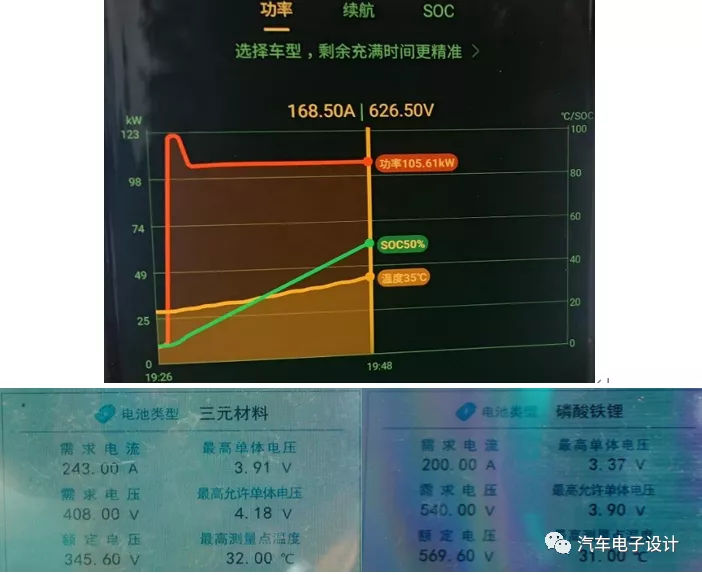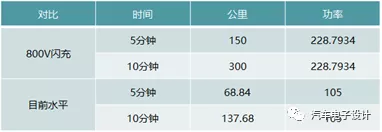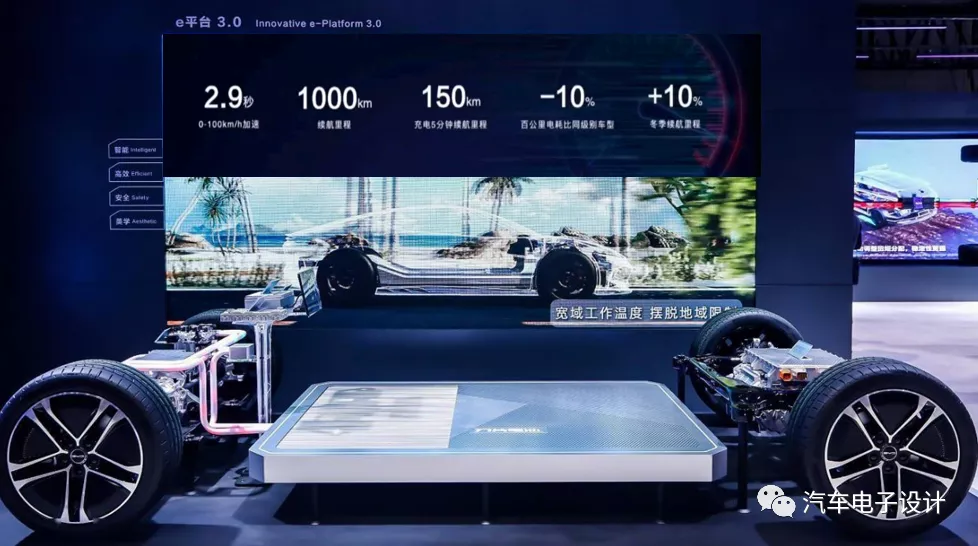Introduction
At this year’s Electric Car Hundred People’s Forum (2021) virtual conference, Academician Ouyang Minggao made a statement: “If someone claims that their car can travel 1000 km, charge in just a few minutes, is extremely safe, and has a low cost, then you should not believe it, because it is currently impossible to achieve all of these simultaneously.”
Now the question is, how do we view the BYD E3.0 platform, with its basic features of 1000 km range, blade battery, and 800 V flash charging technology that allows for 150 km driving with just 5 minutes of charging? When I went with Zhouqi and Ayuan on Thursday, we specifically went to have a closer look, and I feel that it is necessary to explain further.
Changes from BYD E2.0 to E3.0
From the current BYD booth, we can see that this platform is displayed on the second floor, together with the blade battery. However, when we asked the staff present at the site, they could not provide many details. Based on the E2.0 platform’s 33111, with 3-in-1 drive (motor, reducer, and inverter) and 3-in-1 high-voltage (on-board charger, DCDC, and PDU), they may additionally include PTC and heat pumps (voltage compressors), forming the original 6+2 model.
Regarding the driving force, according to photos taken at the site, after using SiC devices, the overall power electronics are relatively small and easier to integrate into the vehicle model. However, there is a potential problem with all-in-one systems – if we try to make rear-wheel drive models, it may be difficult to achieve because of the height of the trunk; hence, we can only integrate front-wheel drive models. If this is the case, I believe it should be resolved satisfactorily in the future for single-motor rear-wheel drive models.

Regarding the battery, there are two key features: support for 1000 km range and 800 V fast charging. Let us discuss these two features separately. First, let us consider fast charging speed. According to Han EV’s actual performance on fast charging stations, the fast charging power of blade batteries is generally obtained according to the demand current of 200 A. From a low SOC of around 5%-12%, the maximum peak charging power of 123 kW is achieved. Then, from 15%-50%, the charging power is approximately 100-105 kW, gradually reducing the electric current. When the voltage reaches 626 V, the electric current is about 168.5 A.
Note: This is the power obtained from charging at a rated 250 A according to the majority of mainstream 400 V systems. In actual charging, the battery cores only require 250 A at ideal temperatures.
How to view this possibility
My previous judgment was that after importing large-sized battery systems, lithium iron phosphate batteries would be widely used within 70 kWh.
What BYD wants to do this time is a lithium iron phosphate blade battery above 110 kWh, which is based on the NEDC endurance mileage of 605 kilometers and a 76.9 kWh battery. According to the energy consumption of Han EV, in order to achieve 1,000 kilometers, the battery needs to be equipped with 127 kWh. Even after reducing energy consumption, it still needs 114 kWh. To install such a large battery capacity, it is estimated that the size of the blade battery needs to be further lengthened, towards the extreme direction of 2 meters.

Based on the estimate of fast charging power, the data of 150 kilometers in 5 minutes is not high. Converting it to 12.71 kWh per 100 kilometers, the corresponding energy is 19 kWh, corresponding to 228 kW. That is to say, it is expected to double the current and increase the charging current to more than 400 A.

Summary
However, whether the above content can be achieved is really worth our careful observation. If the safety remains unchanged and the cost does not change significantly, by operating on lithium iron phosphate batteries, it is possible to simultaneously meet the 114 kWh demand and increase the fast charging power to 228 kW. This may require Professor Ouyang to take a look. His statement was overturned in less than six months.
This article is a translation by ChatGPT of a Chinese report from 42HOW. If you have any questions about it, please email bd@42how.com.
